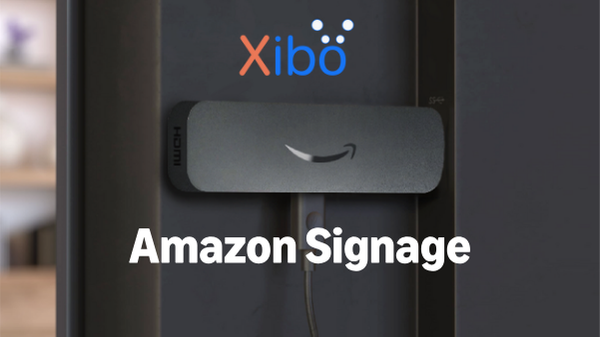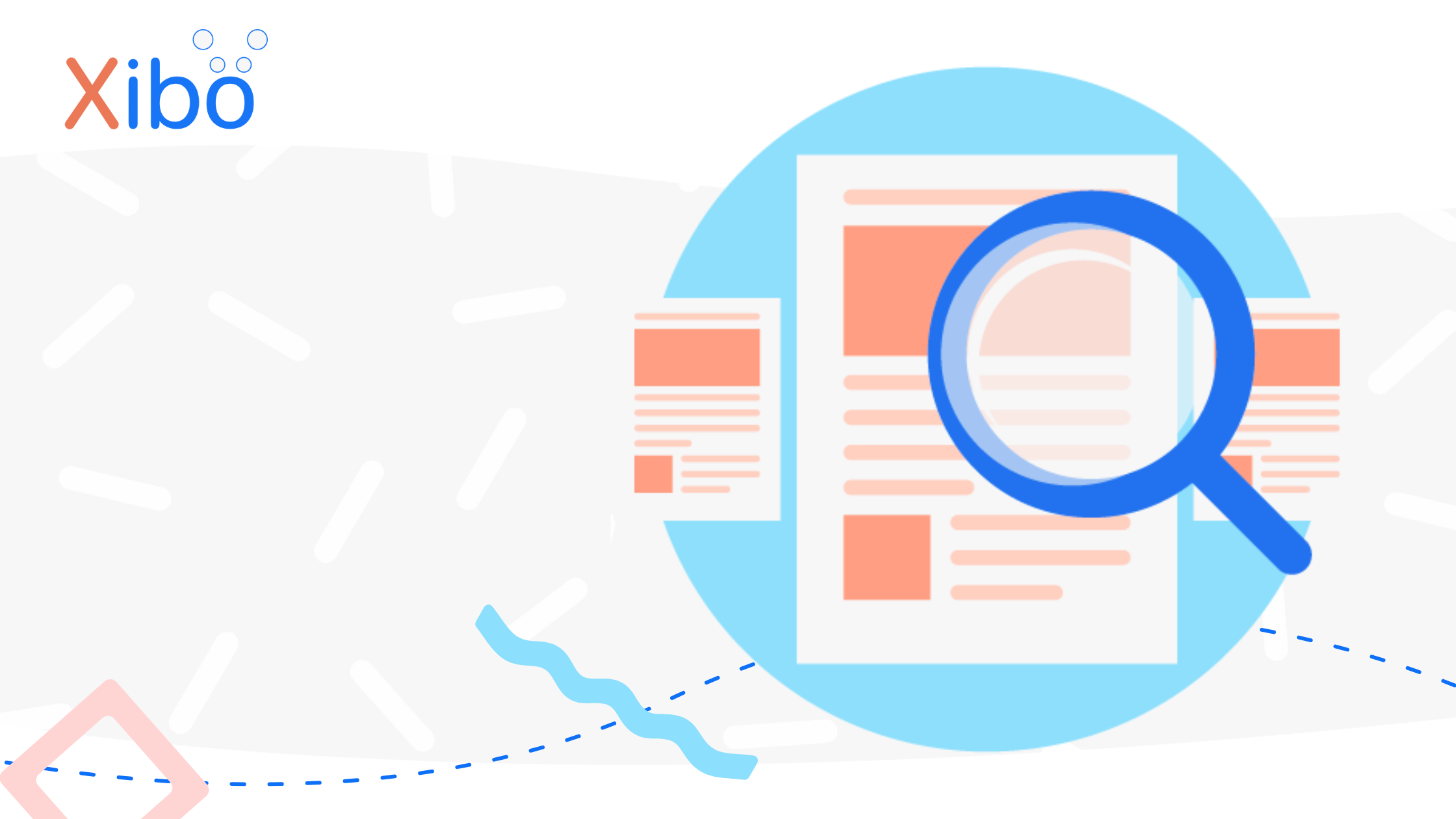
The information contained on this page is now archived. Please see our website and documentation for current information
Introducing an Improved Permissions Model
- Library Media
- Layouts
- Regions in Layouts
- Media on Region Timelines
- DataSets
- Display Groups
- Displays
All of these items have the permissions set in the same way, via a simple to use dialog showing groups and users. In addition to this all permissions are validated with each form load, or save button clicked so you can guarentee “real time” modifications to the permissions on items.
Here are some key facts about the new system:
- The Highest permission is used (if a user belongs to 2 groups, one has edit permissions and the other doesn’t – the user will have edit permissions)
- Permissions are tested with each transaction
- Permissions on an item can only be changed by the owner or a super administrator (for displays and display groups that have no owner, this is super admin only)
These permissions are then reflected in all tables, forms, lists and on the layout designer.
Summary
We hope that these improved permissions will make it easier to manage Xibo, particularly in environments where there are many users accessing the system. As always, all comments and suggestions are welcome and appreciated over on Launchpad Answers.
More
Read more from the blog

Xibo is now available on the Amazon Signage Stick
Xibo is now available on the Amazon Signage Stick — Amazon Signage’s purpose-built digital signage media player designed for businesses and organisations of all sizes, across a variety of industries.


November 2025 Release Update
Xibo’s November 2025 release updates. This update includes the enhancements released this month across Xibo for Tizen and Xibo for webOS.


Holiday Opening Times 2025/2026
Xibo holiday opening hours for 2025/26. During the festive period our support teams will be running at a slightly reduced capacity.

More
Read more from the blog


